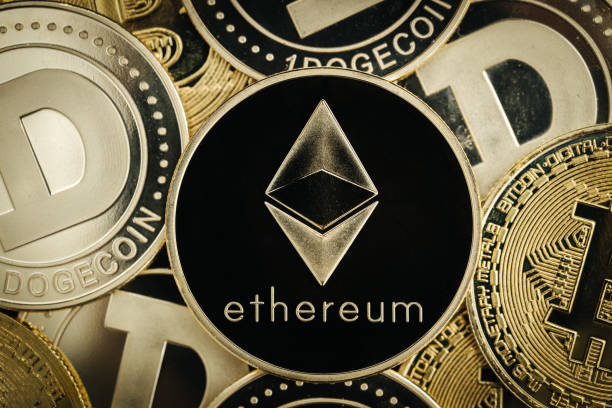In the ever-evolving landscape of digital currencies, Ethereum has emerged as a beacon of innovation and growth. As cryptocurrency gains traction across the globe, Ethereum’s robust ecosystem is fostering increased institutional interest. This trend marks a pivotal shift in how traditional finance views digital assets, particularly as Ethereum’s treasury reserves reach unprecedented levels. This article delves into the particulars of this development, exploring the dynamics of Ethereum’s adoption and the implications of institutional investments in its treasury reserves.
Ethereum’s Meteoric Rise: Institutional Investment and Treasury Trends
The Growing Wave of Institutional Interest in Ethereum
Ethereum’s ecosystem is experiencing a robust expansion, particularly among institutional investors. This unprecedented interest is reflected in the soaring treasury reserves of Ethereum, signaling confidence in its sustainable growth. As decentralized entities prioritize capital reserves, they establish a safeguard against market volatility while positioning themselves for future expansion. According to reliable sources, major organizations are increasingly integrating Ethereum into their portfolios, reinforcing the integration of cryptocurrency into conventional financial frameworks.
Recent data unveils that large firms collectively hold over 3,040,000 ETH, valued at approximately $11.32 billion. This figure represents 2.51% of Ethereum’s total circulating supply and highlights the evolving interaction between legacy financial institutions and digital currencies. Approximately 67 significant entities contribute to this substantial strategic reserve, underscoring the broad-based adoption of Ethereum at an institutional level.
Notable leaders in Ethereum holdings include Bitmine Immersion Technologies, which stands at the forefront with an impressive 833,100 ETH valued at $3.10 billion. Other key players such as SharpLink Gaming and The Ethereum Foundation also play crucial roles in this transformative phase.
Why Ethereum Treasury Reserves Are Outpacing Spot ETFs
While Ethereum’s treasury reserves soar, Spot Ethereum Exchange-Traded Funds (ETFs) face significant withdrawals. Insights from financial giant Standard Chartered elucidate the disparity between these two investment vehicles. According to Geoffrey Kendrick, a renowned digital asset analyst, Ethereum treasury shares offer a more lucrative proposition compared to ETH exchange-traded funds.
Kendrick emphasizes that the stability of Ethereum treasuries surpasses that of their Bitcoin counterparts, a conclusion driven by the advantageous Net Asset Value (NAV) multiples, which hover near 1. Specifically, NAV is calculated by dividing a company’s market capitalization by its Ethereum holdings. This steady NAV multiple suggests that Ethereum treasury companies offer investors a strategic advantage, particularly in navigating regulatory landscapes.
FAQs
Is investing in Ethereum treasury reserves a better option than ETH ETFs?
Investing in Ethereum treasury reserves can offer more stability and potential for returns compared to ETH ETFs. This is attributed to the NAV multiples, which suggest that treasury investments provide better value. However, individual investment goals and risk tolerance should always be considered.
What contributes to Ethereum’s increasing institutional adoption?
Ethereum’s adoption is driven by its strong technological foundation, the real-world applications of its smart contracts, and the increasing integration of blockchain in traditional finance. Institutions are also attracted by Ethereum’s adaptability and vision for decentralized finance.
How does the NAV multiple affect Ethereum treasury investments?
The NAV multiple, calculated by dividing the market cap by Ethereum holdings, reflects the value offered to investors. A multiple above 1 indicates advantageous equity in the investment, suggesting that Ethereum treasury reserves are attractively priced compared to their asset backing.
This comprehensive guide provides a deep dive into Ethereum’s institutional growth and the strategic significance of its treasury reserves. Enhanced by expert insights, it serves as a valuable resource for readers seeking to navigate the complexities of digital asset investment.

